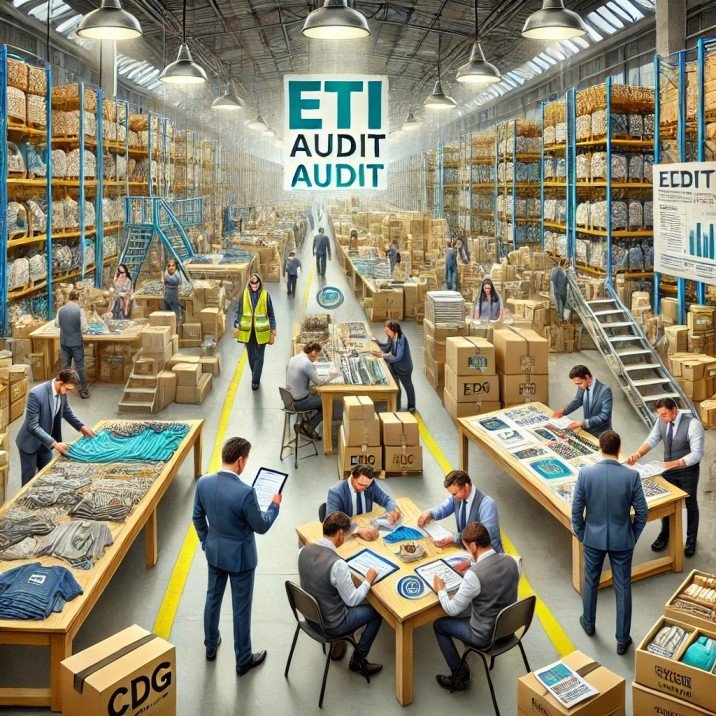The Role of Management in the ETI Audit: Ensuring Ethical Compliance and Driving Success
The Ethical Trade Initiative (ETI) audit is a critical tool for businesses committed to maintaining high standards of labor rights, fair trade practices, and ethical sourcing throughout their supply chains. While the audit itself involves comprehensive evaluations by third-party auditors, the success of an ETI audit largely depends on the role played by the company’s management. From preparing for the audit to implementing corrective actions, management plays a pivotal role in ensuring that the company not only meets but exceeds the standards set by the ETI.
At CDG, we specialize in ETI (Ethical Trade Initiative) Audit services designed to help businesses navigate the complexities of ethical trade compliance. In this blog post, we will explore the crucial role that management plays in the ETI audit process, offering insights, practical tips, and real-world examples to help your business successfully manage and benefit from the audit.
Introduction: Why Management’s Role is Crucial in ETI Audits
The management team’s involvement in an ETI audit is essential for several reasons. First and foremost, management sets the tone for the company’s commitment to ethical practices. Their engagement signals to the entire organization that compliance with ethical standards is a top priority. Moreover, management’s active participation ensures that the necessary resources, attention, and follow-through are dedicated to the audit process, leading to more effective and lasting improvements.
Management’s role in the ETI audit is multifaceted, involving preparation, execution, follow-up, and continuous improvement. By understanding and embracing their responsibilities in each of these areas, management can ensure that the ETI audit not only confirms compliance but also drives meaningful progress toward higher ethical standards.
1. Preparing for the ETI Audit: Laying the Groundwork
The first step in the ETI audit process is thorough preparation, and this is where management’s role is most crucial. Effective preparation can make the difference between a smooth, successful audit and one that uncovers significant issues requiring extensive remediation.
1.1. Setting Clear Objectives and Expectations
Management must begin by setting clear objectives for the audit. This includes understanding the ETI Base Code, which outlines the core principles that the company must adhere to, such as no forced labor, safe working conditions, and fair wages. Management should ensure that these objectives are communicated across the organization so that all employees understand the importance of the audit and their role in it.
- Objective Setting: Management should outline what they hope to achieve through the ETI audit, whether it’s confirming compliance, identifying areas for improvement, or demonstrating their commitment to ethical trade to stakeholders.
Example: A company that sources products from multiple countries might set an objective to ensure that all suppliers comply with local labor laws and ETI standards, thus protecting the company’s reputation and reducing the risk of supply chain disruptions.
1.2. Allocating Resources and Support
Management is responsible for allocating the necessary resources to ensure the audit process is thorough and effective. This includes financial resources for the audit itself, as well as human resources to prepare and support the audit process.
- Resource Allocation: Assigning dedicated personnel or forming a compliance team to oversee the audit preparation is essential. This team should work closely with auditors to provide the required documentation and facilitate site visits.
Practical Tip: Ensure that your compliance team has the authority and support needed to gather all relevant data, conduct internal reviews, and make any necessary changes before the audit begins. Management should be actively involved in these preparations to ensure alignment with broader business goals.
2. During the ETI Audit: Active Participation and Leadership
The audit process itself requires active participation from management to ensure that the audit runs smoothly and that any issues identified are promptly addressed.
2.1. Engaging with Auditors
Management should be prepared to engage directly with auditors during the ETI audit. This includes participating in opening and closing meetings, providing insight into the company’s policies and procedures, and addressing any questions or concerns that arise during the audit.
- Communication with Auditors: Clear and open communication between management and auditors is essential for a successful audit. Management should provide detailed explanations of the company’s practices and be transparent about any challenges faced in maintaining compliance.
Example: During an ETI audit, management might be asked to explain the company’s approach to monitoring labor practices in its supply chain. By providing detailed information and evidence of ongoing monitoring efforts, management can demonstrate their commitment to ethical trade.
2.2. Facilitating Access and Transparency
Management plays a key role in facilitating the auditor’s access to the necessary information, facilities, and personnel. This transparency is crucial for ensuring that the audit is comprehensive and accurate.
- Facilitating the Audit: Ensure that auditors have access to all areas of the business, including factories, warehouses, and offices, as well as relevant documentation, such as employee records, safety reports, and supplier contracts.
Practical Tip: Conduct a pre-audit internal review to ensure that all necessary documentation is in order and that any potential issues are addressed before the audit begins. This proactive approach can help prevent last-minute surprises and demonstrate the company’s commitment to compliance.
3. Post-Audit Actions: Implementing and Monitoring Corrective Measures
Once the ETI audit is complete, the focus shifts to addressing any findings and implementing corrective actions. Management’s leadership is essential in this phase to ensure that improvements are made and sustained.
3.1. Responding to Audit Findings
Management must review the audit report thoroughly, paying close attention to any areas of non-compliance or recommendations for improvement. It is crucial to respond to these findings promptly and effectively.
- Corrective Action Plans: Develop and implement a corrective action plan that addresses all identified issues. This plan should include specific actions, timelines, and responsible parties to ensure that improvements are made.
Example: If the audit identifies that a supplier is not providing adequate safety training to its workers, management should work with the supplier to implement a training program that meets ETI standards and ensures ongoing compliance.
3.2. Ensuring Ongoing Compliance
Management’s role does not end with the implementation of corrective actions. It is essential to monitor the effectiveness of these actions and ensure that the company remains compliant with ETI standards on an ongoing basis.
- Continuous Monitoring: Establish regular reviews and internal audits to monitor compliance and address any new issues that arise. Management should also consider scheduling follow-up ETI audits to confirm that corrective actions have been successfully implemented.
Practical Tip: Create a culture of continuous improvement by encouraging feedback from employees and suppliers on the effectiveness of the corrective measures. This feedback can help identify further opportunities for improvement and ensure that the company remains compliant in the long term.
4. Long-Term Impact: Leveraging the ETI Audit for Business Success
Finally, management should recognize that the benefits of an ETI audit extend beyond mere compliance. By leveraging the audit’s findings, management can drive long-term business success and enhance the company’s reputation.
4.1. Building a Strong Ethical Brand
Successfully completing an ETI audit and addressing its findings can significantly enhance a company’s reputation as a leader in ethical trade. Management should use this achievement to build a strong ethical brand that resonates with customers, investors, and other stakeholders.
- Brand Positioning: Promote the company’s commitment to ethical practices and compliance with ETI standards through marketing, communications, and CSR initiatives. This positioning can help attract socially conscious consumers and partners.
Example: A company that sources products from ethical suppliers and meets ETI standards can use this as a key selling point in its marketing campaigns, appealing to consumers who prioritize ethical consumption.
4.2. Driving Continuous Improvement
Management should view the ETI audit as part of a broader strategy for continuous improvement. By regularly reviewing and enhancing ethical practices, management can ensure that the company remains at the forefront of ethical trade and compliance.
- Strategic Improvement: Use the insights gained from the ETI audit to identify areas for further improvement and innovation. This might include adopting new technologies, enhancing supplier relationships, or developing new CSR initiatives.
Practical Tip: Integrate the findings from the ETI audit into your overall business strategy, aligning ethical practices with business goals. This integration ensures that compliance efforts support long-term business success and sustainability.
The Critical Role of Management in ETI Audits
Management’s role in the ETI audit process is critical to its success. From preparation and execution to follow-up and continuous improvement, management’s active involvement ensures that the company not only meets ETI standards but also leverages the audit to drive business success. By embracing their responsibilities and leading by example, management can foster a culture of ethical trade that benefits the entire organization.



